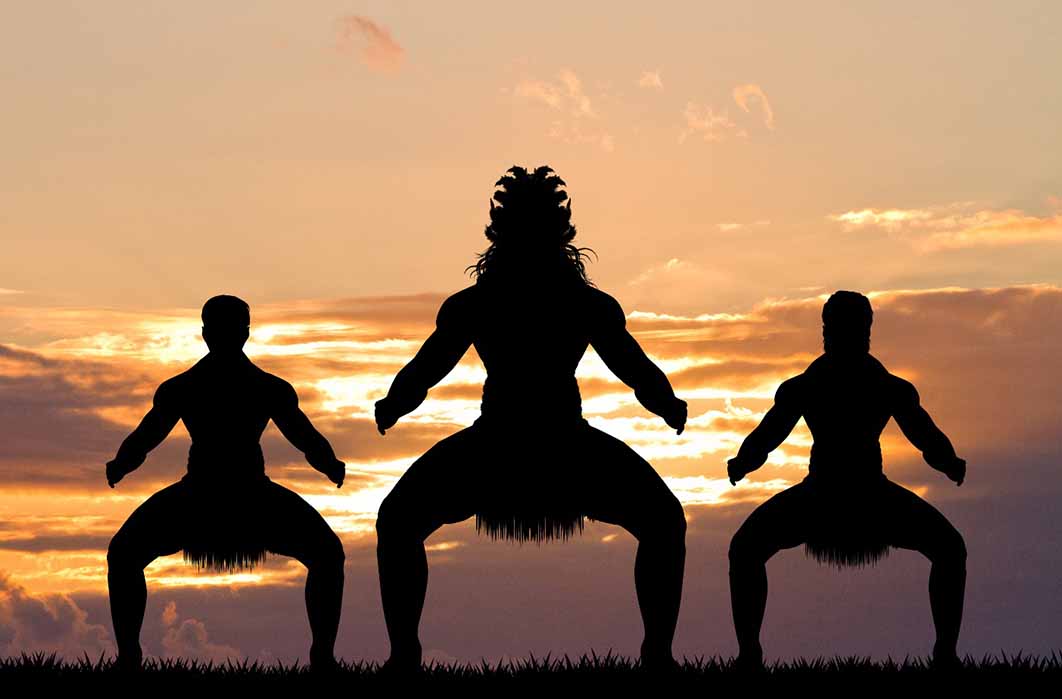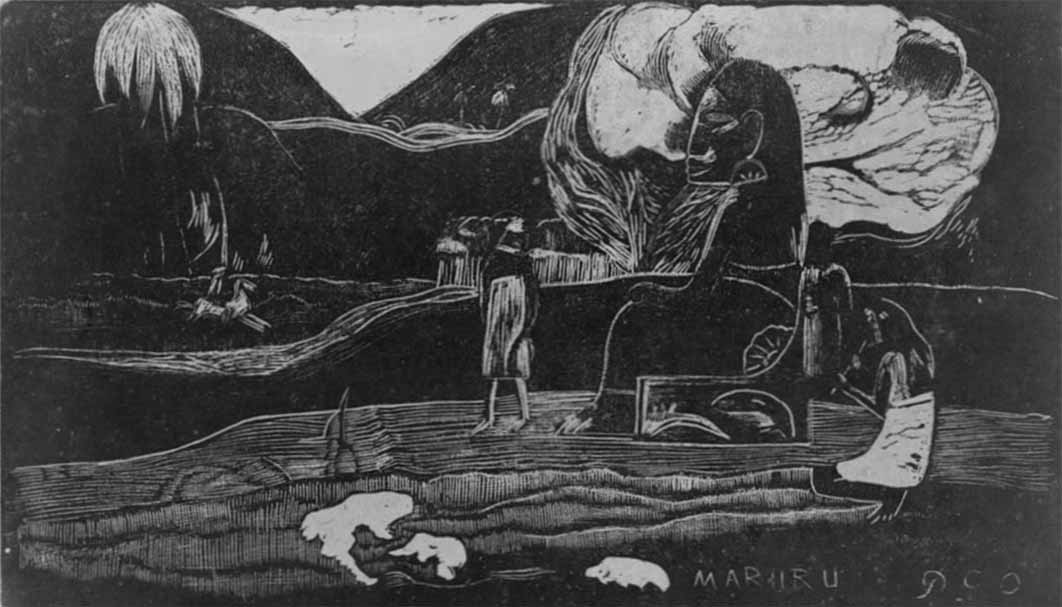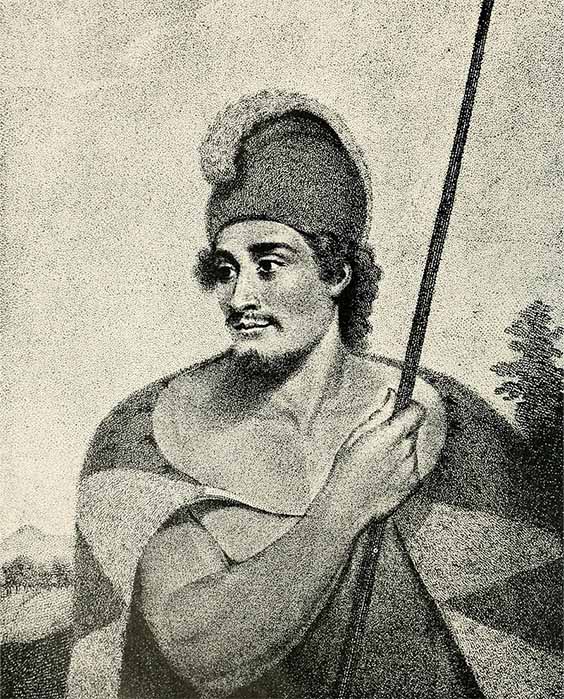
Hawaii: Paradise Location Of Homeric Mythical Elysian Fields
Over centuries explorers as well as ethnologists noting the myths, legends, customs and folklore of the cultures native to the Pacific Ocean islands, have accumulated enough evidence to attest to contact between the ancient Greek world and the Polynesians. Comparing the traditions of Homer, Hesiod and Pindar to the Polynesian lore points to the theoretical possibility that the mythical Elysian Fields – the final resting place of the souls of the heroic warriors and the virtuous in Greek mythology and religion - are located in the islands of Polynesia.

Portrait of Omai, a South Sea Islander who travelled to England with the second expedition of Captain Cook, by Joshua Reynolds (1775) (Public Domain)
One of these testimonies, a sentence from the account of a meeting of Europeans in 1595 with Polynesians on one of the Marquesas islands, reads: [at a certain point there appeared] “about 400 tall, strong, almost white-skinned Indians […] Many of them are blond”. Two centuries later, these unexpected European physical characteristics of some native Polynesians are confirmed in the notes of Louis-Antoine de Bougainville, the French navigator who landed in Tahiti in 1768: “Men six feet tall and even more. I have never met such well-built and proportionate men […] Nothing distinguishes their features from those of Europeans”. Could this be a kick-back to Homer’s fair-haired Rhadamanthus in the Odyssey? Rhadamanthus’ name corresponds to the Icelandic term ráðamanður /leader /eminent person. Also, both Homer and Pindar described Odysseus as fair-haired!
Tianna, a Prince of Atooi, member of the Ari’I, in John Meares’ ‘Voyages Made in the Tears 1788 and 1789’ (Public Domain)
Etymological and Mythological Correspondences
In Polynesia the nobles, called the Ari’I, were considered descendants of the Polynesian gods and each clan was ruled by a chief called Ari’i rahi. Chief / rahi corresponds to the Latin rex and the Gaelic rígh / king.
The name of the Polynesian dance is hula, or hura, (resembling the Greek choros /dance) and the hula is accompanied by traditional songs called mele (resembling the Greek word melos/ song – the root of ‘melody’).
The Greek myth of Orpheus, who travels to the Underworld to rescue his deceased wife Eurydice, is repeated in the Polynesian myth of Kura, (resembling the Greek kourē/ girl) a deceased girl whose husband manages to bring her back from the Afterlife.

Mararu: Offerings of gratitude to Tahitian goddess Hina. Woodcut by Paul Gauguin (1894). (Public Domain)





